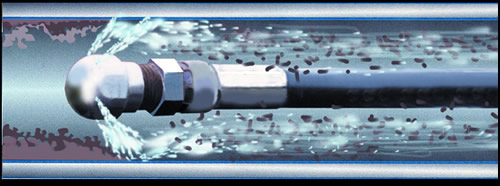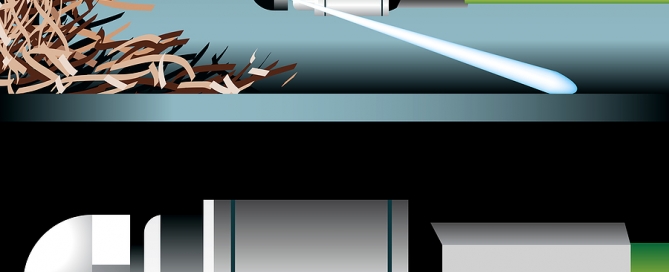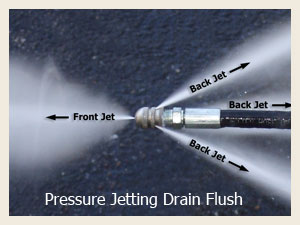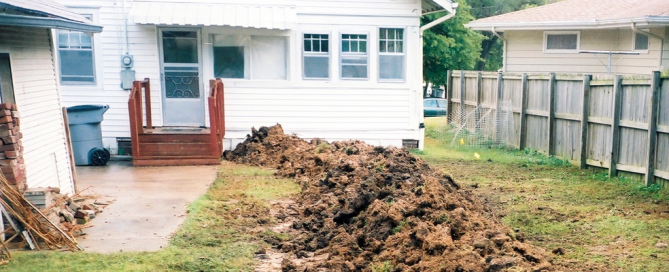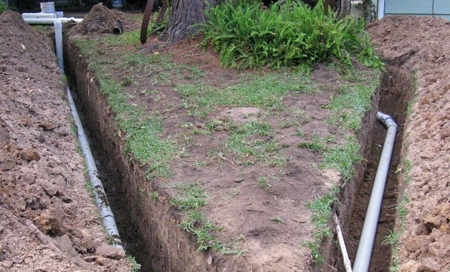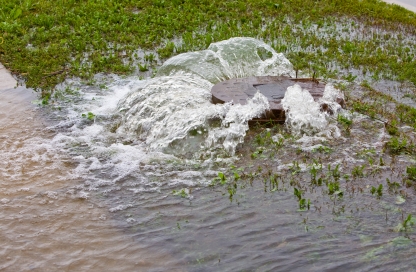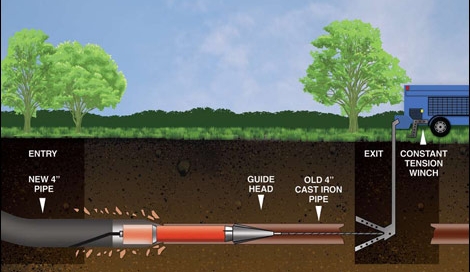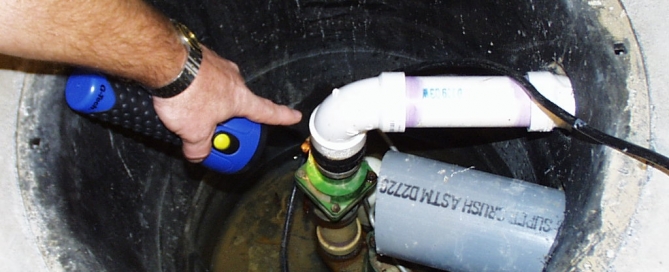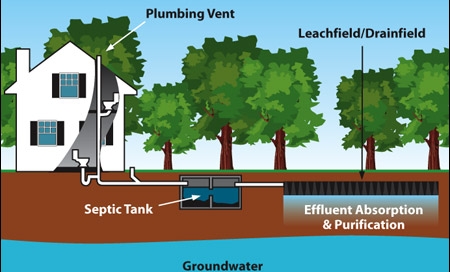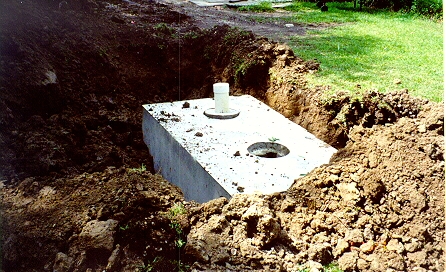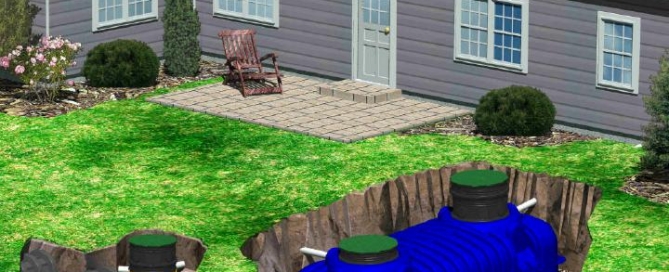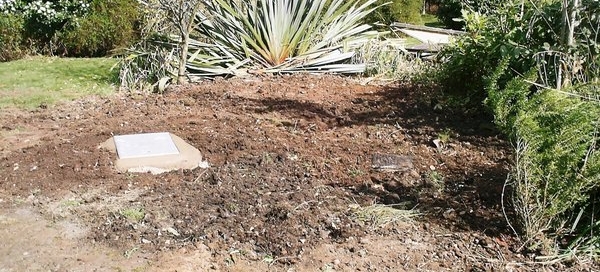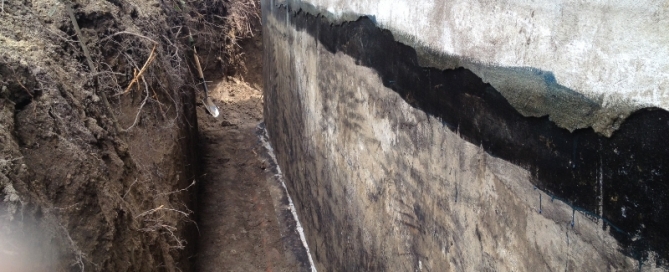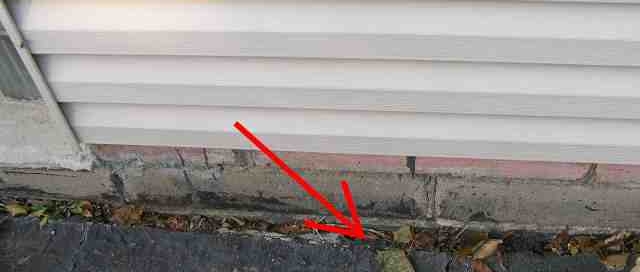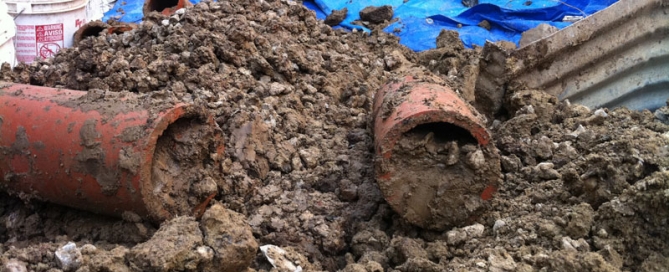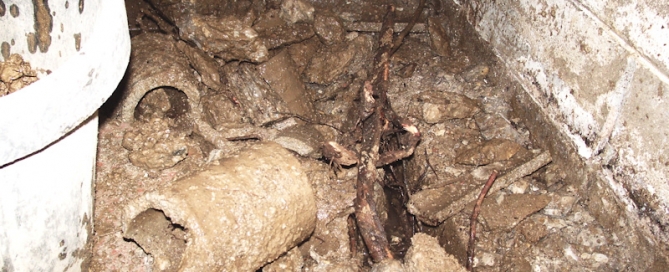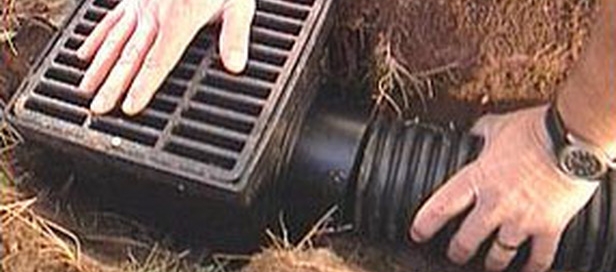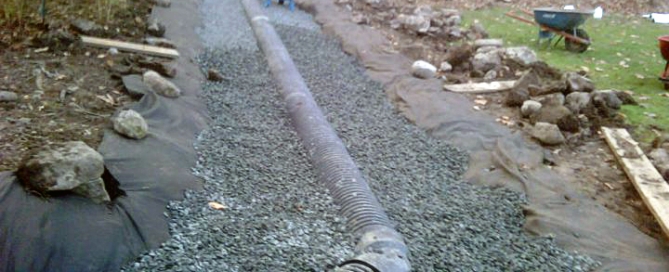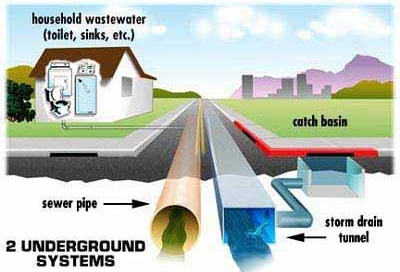Drain Flushing Company
Storm Drains – Flushing and Maintenance
Whether you have an old or new drain tile system it is imperative that the drain tile network is unobstructed, and the sump and backwater valve are clean and functioning properly. This will ensure that water is led away from the base of your foundation and your basement kept dry.
Overtime, sumps accumulate sediments that can pile up so high that they eventually obstruct the discharge of water. Under these circumstances, the sump must be pumped dry and cleaned of muck and debris.
Under the building code in Vancouver new sumps which are located outside must be 18 inches minimum depth from the top of the water surface to the bottom of the sump. This allows for some buffer before sediments can clog the outflow and in only rare cases have I seen new sumps completely plugged. The backwater valve located in the sump must be inspected for proper function to ensure that water is free to flow through.
Most problems arise with older systems where the sump is usually located within the basement and has a significantly smaller catchment; these are often plugged. Probably the biggest problem with these older sumps is the backwater valve which is located in the sump and housed within a cast iron body. The flap or valve which is usually made from brass can jam within the housing from mineral buildup and obstruct outflow of drain water to the sewer.These old systems must be checked and maintained to ensure proper function.
Another issue with these old systems is that the catchment which is made from concrete is cracked and no longer holds water, exposing the backwater valve to the air. This can be a problem since [...]


